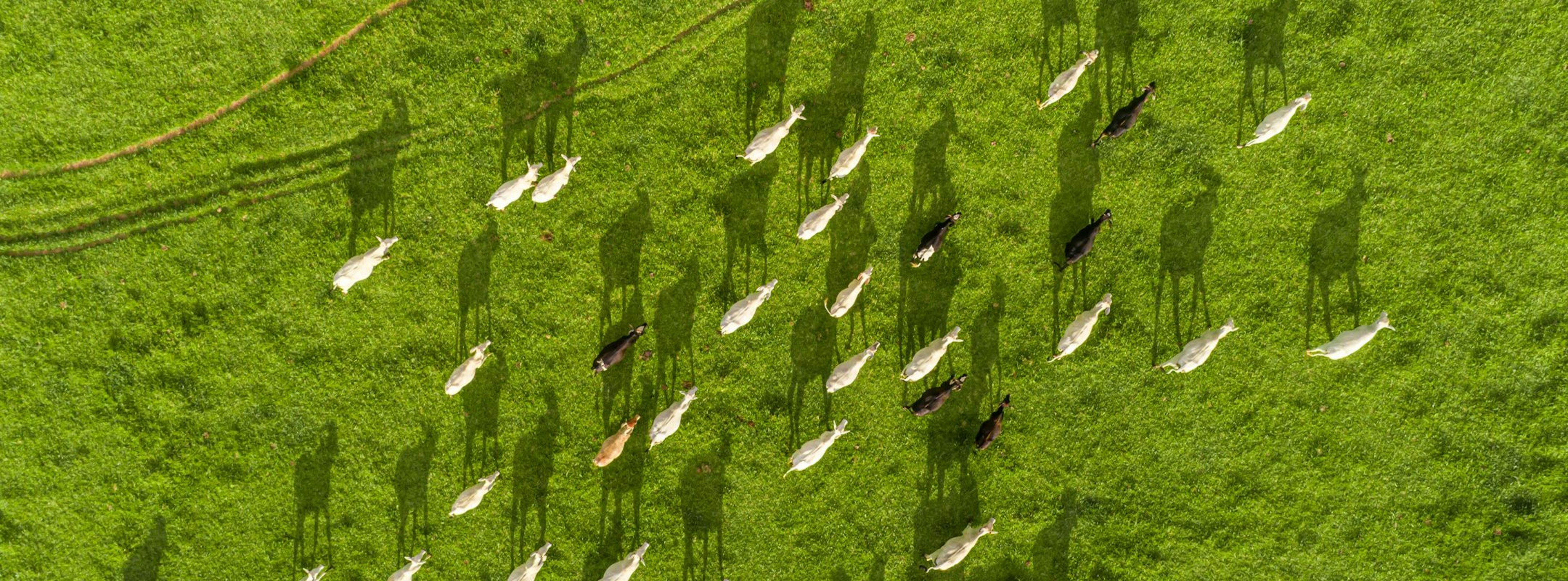Brazilian beef exports and deforestation
21 Nov 2023
11 min read
The rate of deforestation and land conversion driven by the expansion of pasture for beef production in Brazil increased by 60% between 2016 and 2020, while the Amazon and Cerrado continue to be cleared despite zero-deforestation commitments made by beef producers.

BRASTOCK/SHUTTERSTOCK